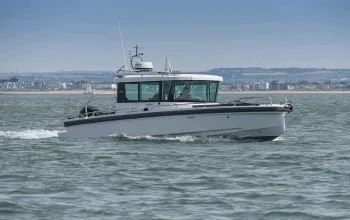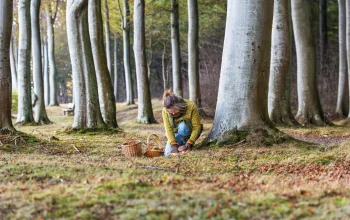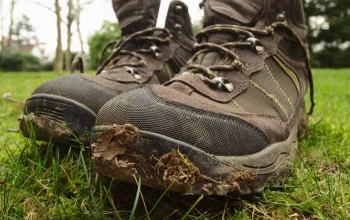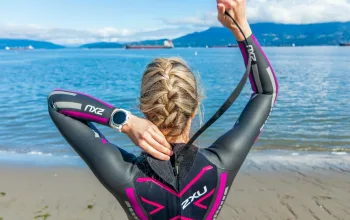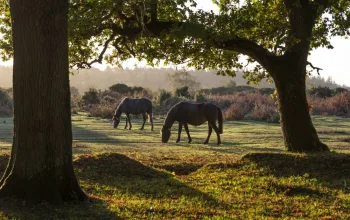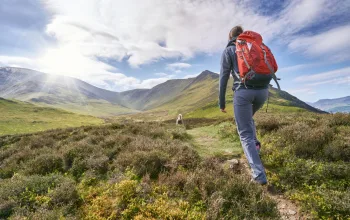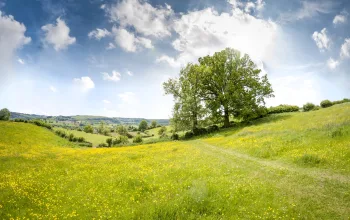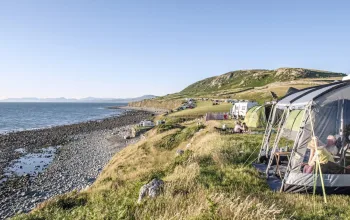Two major subdivisions within contemporary stand-up surfing are longboarding and shortboarding, reflecting differences in surfboard design and riding style. The longboard is the original type of board used in standup surfing. It is a single finned surfboard with large rounded nose and length of 2.7 to 3.6 metres. Its advantage is its substantial buoyancy and long surface area.
Longboards are common among both beginners and skilled surfers. The shortboard is between 1.5 and 2.1 metres in length, with a pointed nose and a rounded or squarish tail, typically with three fins. The shortboard is very quick to manoeuvre compared with other types of surfboards. Often steeper, larger and more powerful waves are required because of the smaller size reducing flotation and making it harder to catch waves.
The British Surfing Association (BSA) is the official governing body for the sport and recreation of surfing in Great Britain. The BSA represents the interests of British surfers both in Britain and abroad. The National Surfing Centre, Fistral Beach and the BSA Surf School, Lusty Glaze Beach, both in Cornwall, are owned and run by the BSA.



